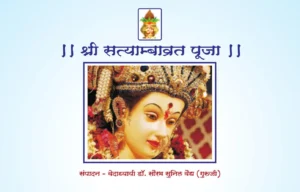Description
Taal
Taal refers to the rhythmic cycle in Indian classical music, encompassing a specific number of beats. It serves as the foundational framework that dictates the timing and structure of a musical composition, enabling coordination between the performers. Each taal has its own distinct pattern, composed of various divisions called vibhags, and a unique arrangement of beats, both stressed (taali) and unstressed (khali).
Layakari
Layakari is the art of manipulating the tempo or rhythm within a taal. It involves the intricate interplay of different rhythmic patterns against the fixed beats of the taal, creating complex rhythmic variations and syncopations. Layakari can be achieved through techniques like doubling (dugun), tripling (tigun), and more, adding a dynamic and expressive layer to the performance.
Tritaal
Tritaal, also known as Teentaal, is one of the most common and widely used taals in Indian classical music. It comprises 16 beats divided into four equal sections (vibhags) of four beats each. The structure of Tritaal is 4-4-4-4, with a characteristic pattern that includes a specific arrangement of taali and khali, making it versatile for both instrumental and vocal compositions.
Ektaal
Ektaal is a rhythmic cycle consisting of 12 beats divided into six vibhags of two beats each (2-2-2-2-2-2). Known for its balanced and symmetrical structure, Ektaal is often used in classical vocal music, especially in compositions like khayal and dhrupad. Its distinctive pattern and moderate tempo make it a favorite for elaborate and intricate performances.
Jhaptaal
Jhaptaal is a 10-beat rhythmic cycle used in Indian classical music. It is divided into four vibhags with the pattern 2-3-2-3. Jhaptaal is known for its unique structure and versatility, often employed in both vocal and instrumental music. The alternating beat groups create an engaging and complex rhythm, allowing for creative expressions in layakari and improvisation.
These descriptions encapsulate the essence of each concept within the Talashastra Samhita, highlighting their significance and role in the rich tradition of Indian classical music.






Reviews
There are no reviews yet.